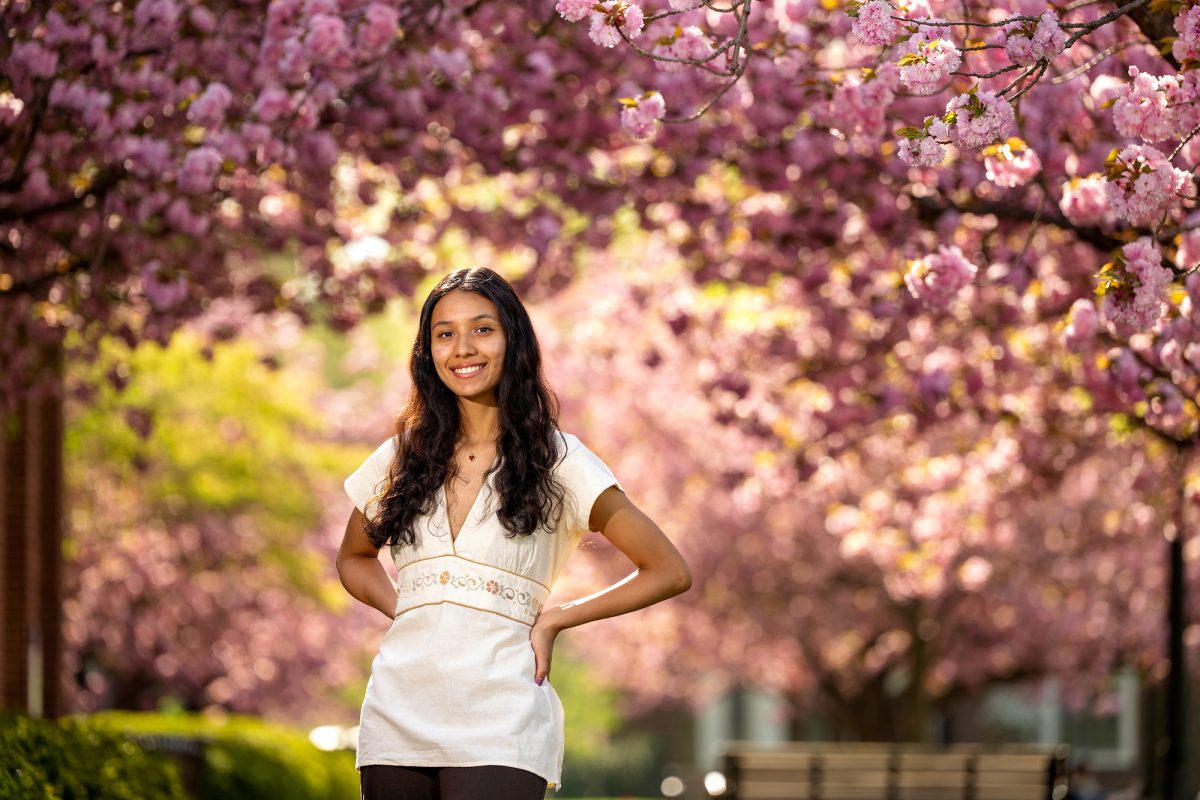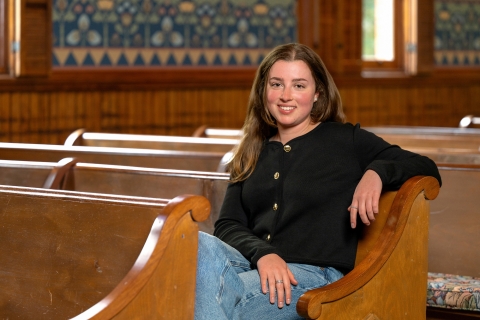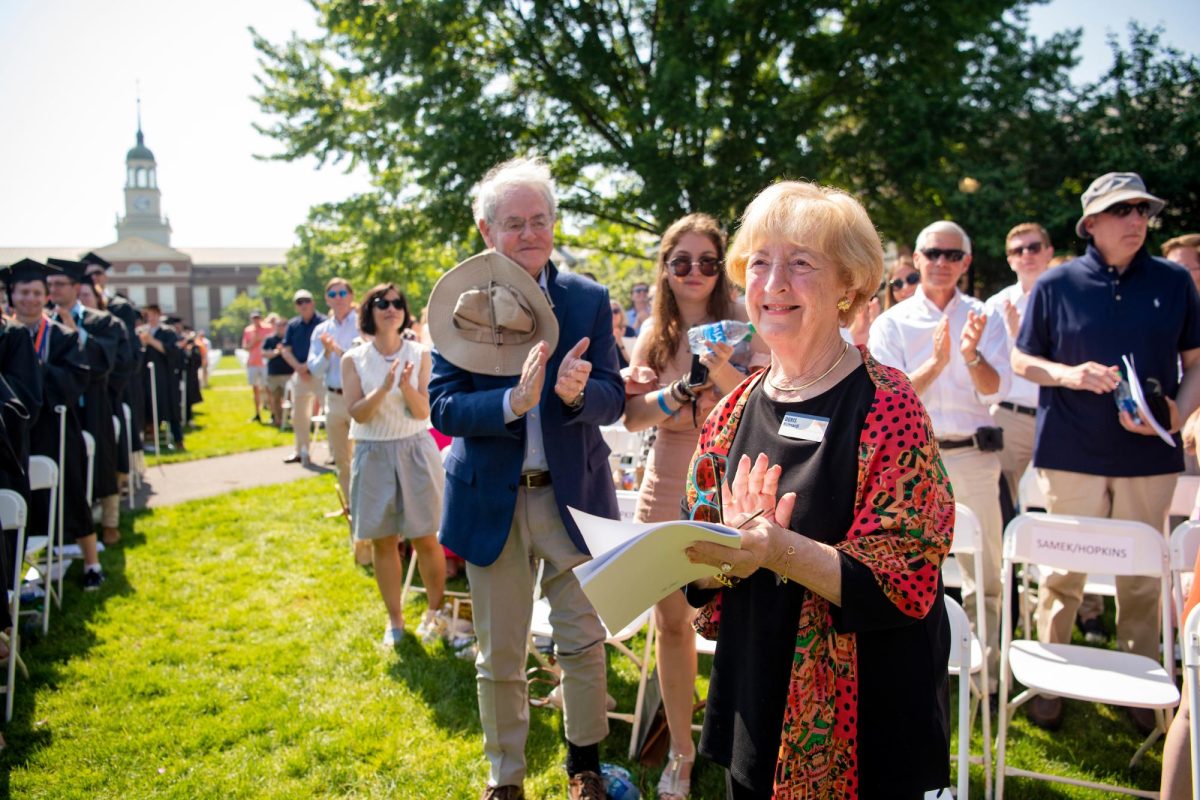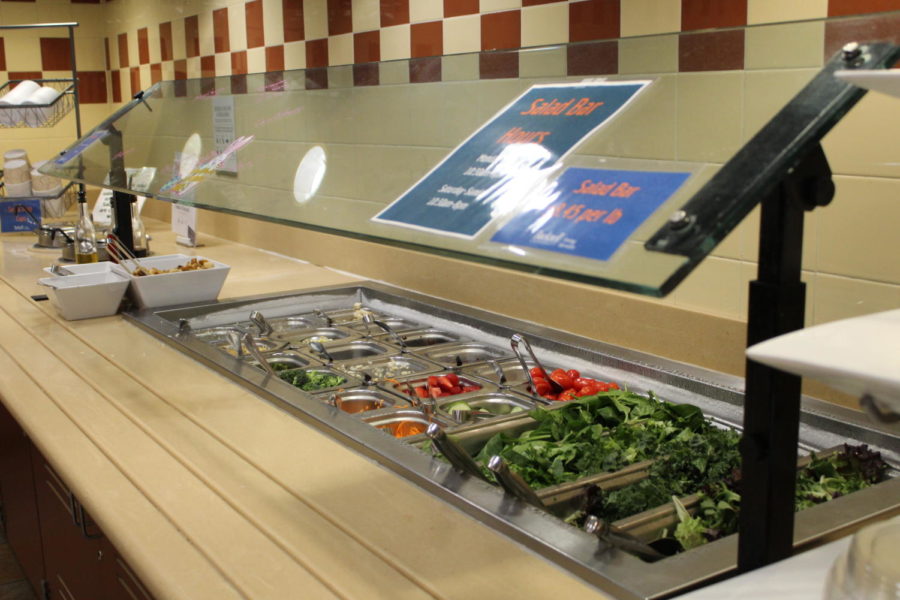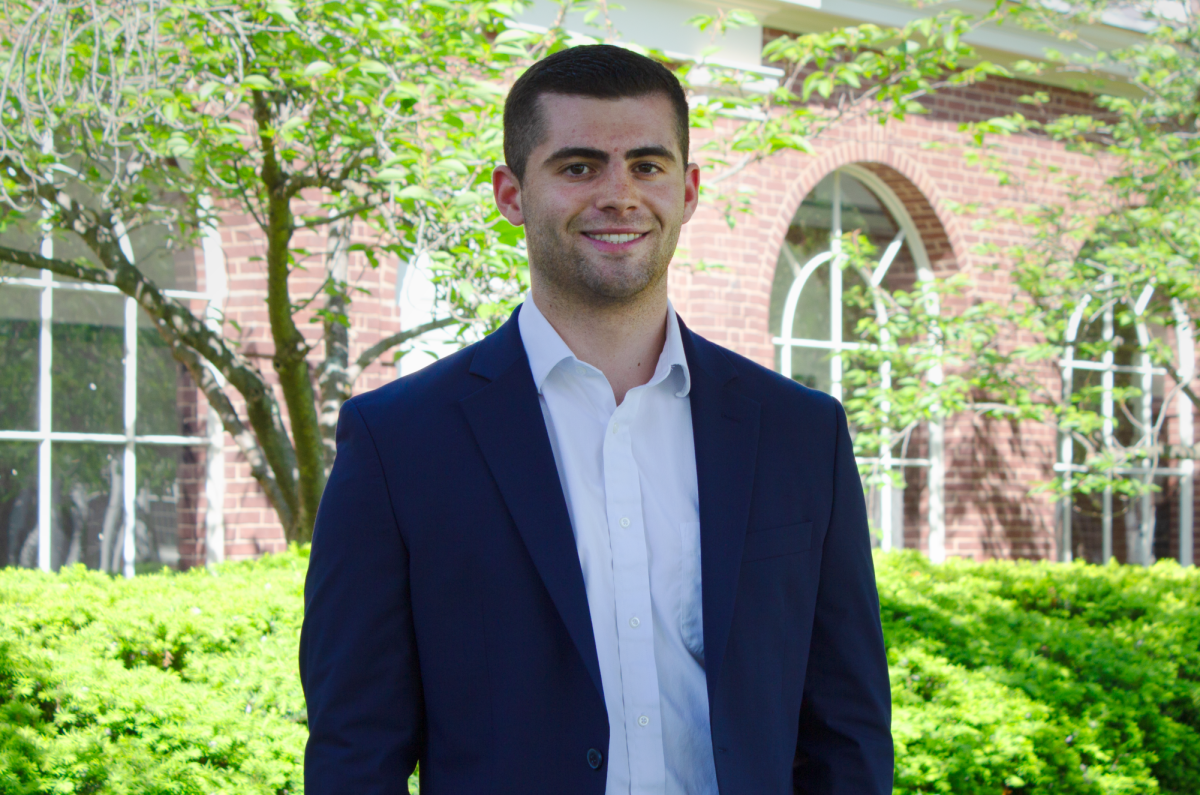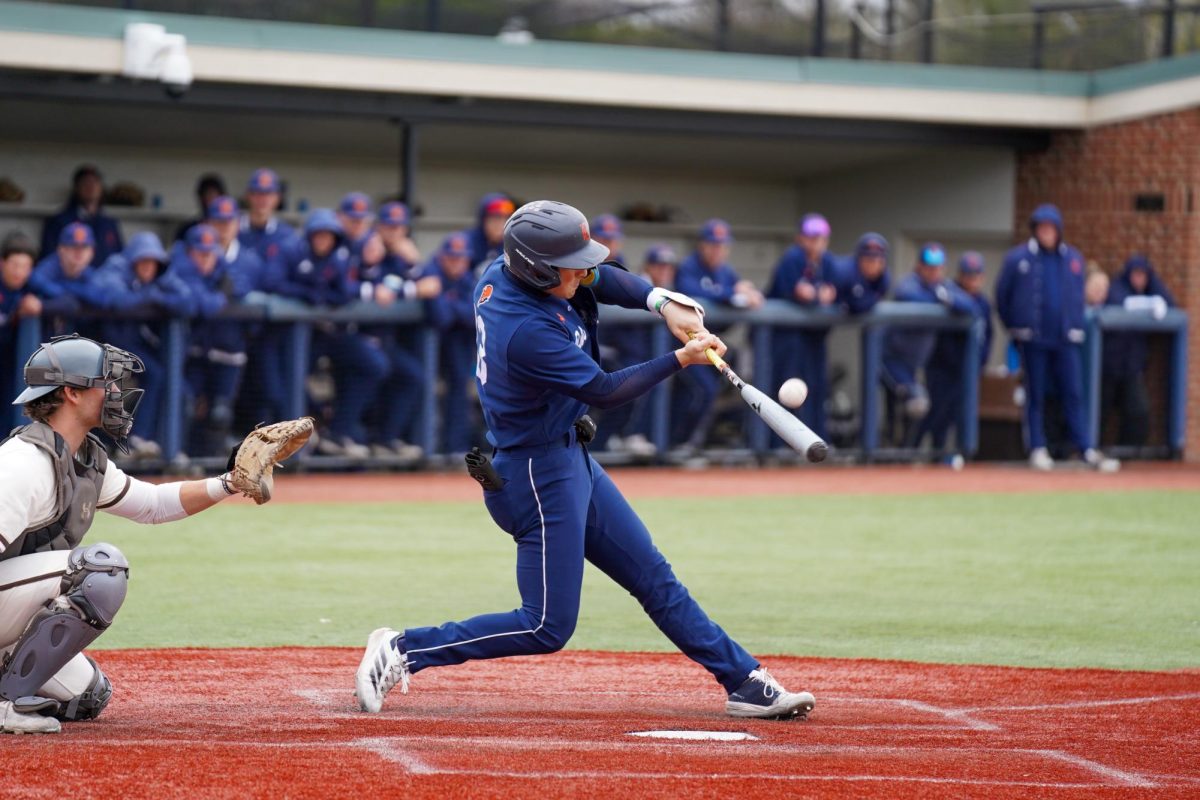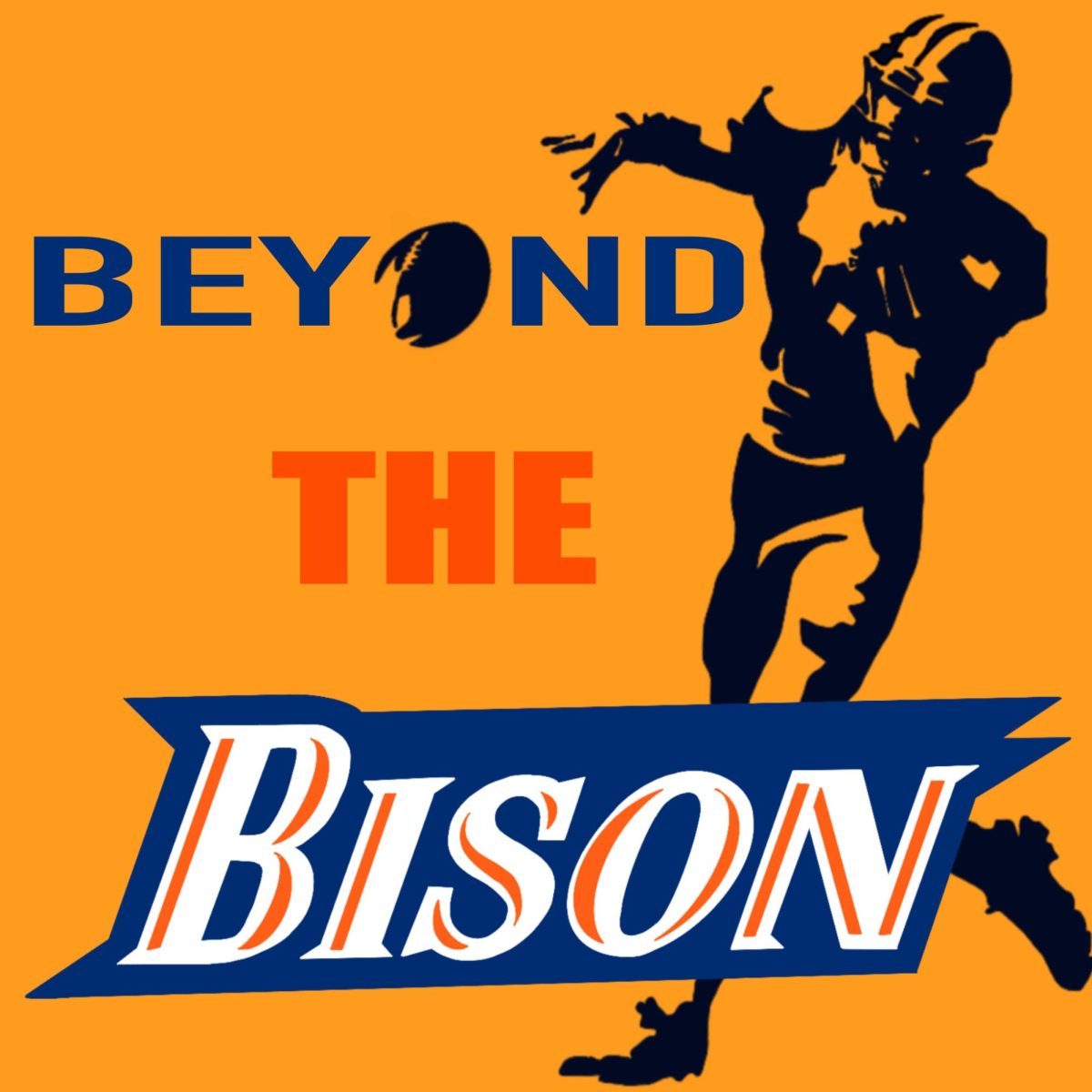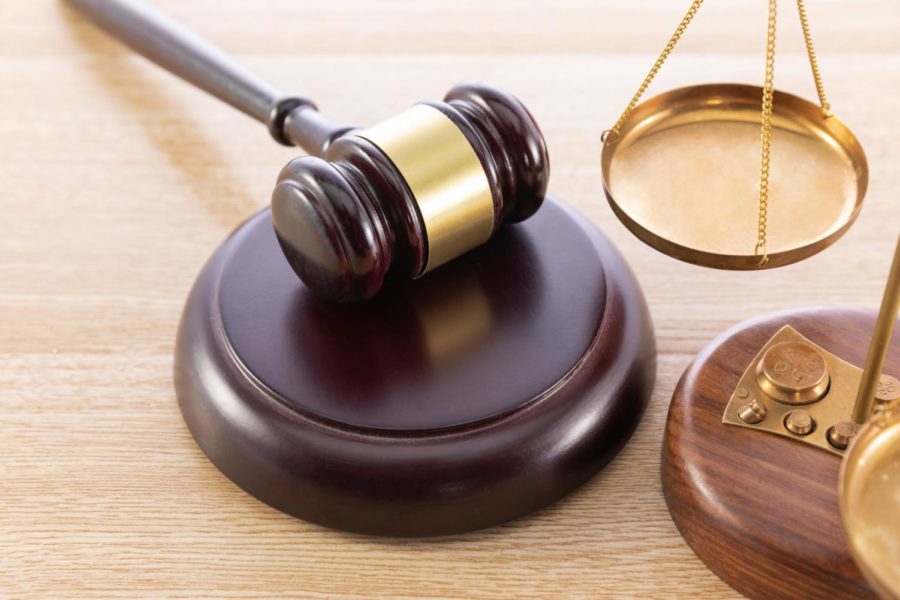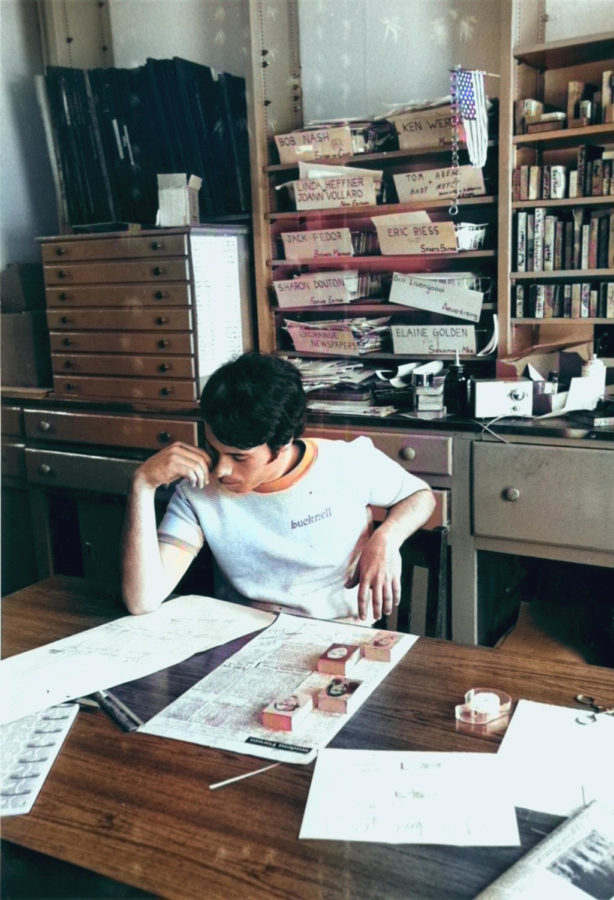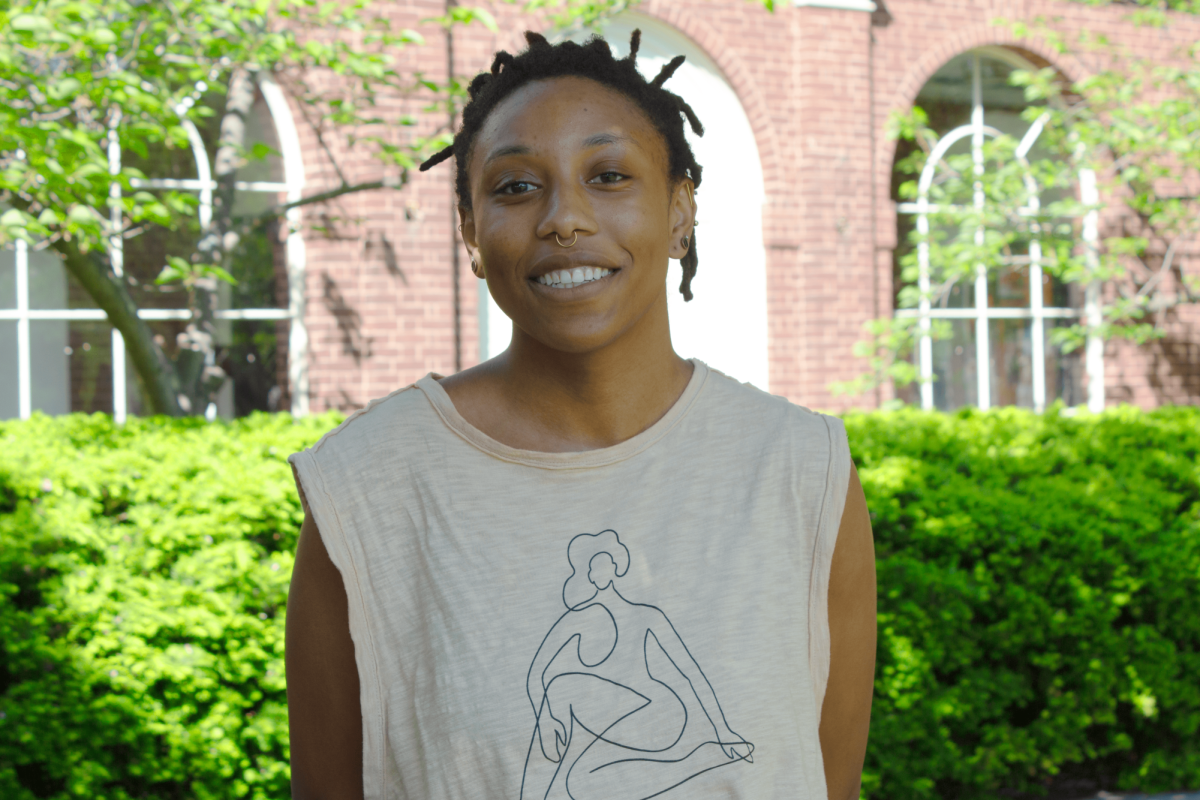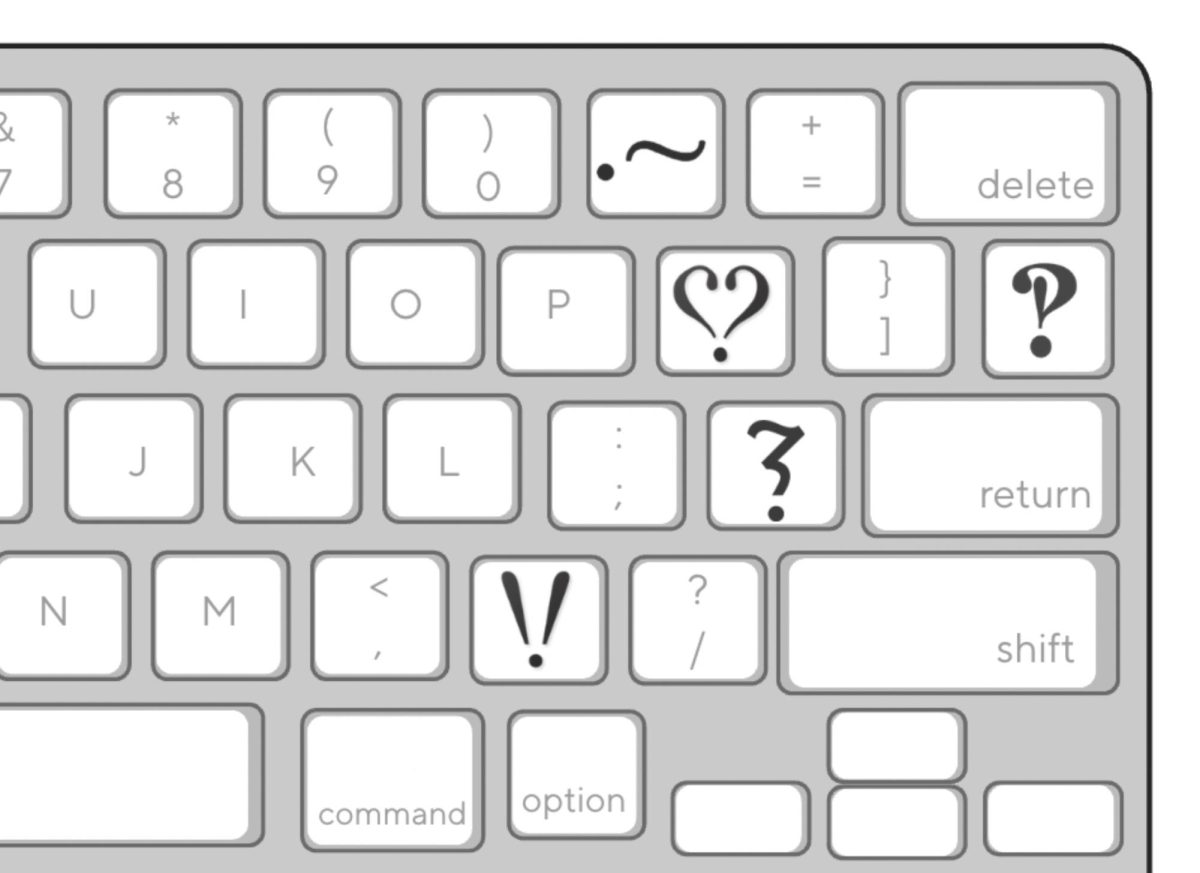Youself Bunchie Shakur, 43, now a community leader on the streets, shares his devastating story of growing up on the Westside of Detroit. In the 10 minute segment, Shakur expressed how he grew up in devastating poverty with no education, and ultimately faces incarceration like his father did.
Conditions in Westside Detroit did not just end with Shakur’s story. Instead, the tragic events are still taking place for numerous Black individuals. Numerous children in this specific neighborhood are faced with living in abandoned homes, single parent households, or on the street, while also eventually dropping out of high school because the educational system relies on punishment rather than advocating for the individual. Police officers are continuously pressing criminal charges and Scarlet Letters (the defendant must submit to some type of public humiliation) on young individuals ultimately leading to incarceration and then back on the streets. These young children and adults are being classified and treated as criminals on the streets before they are given the resources needed to excel. Stories like Shakur and his neighborhood highlight that our legal justice system is alarmingly going backwards in time.
From my standpoint, the social justice system has ultimately failed one specific race: African American. The United States population is made up of 13% Black citizens, while jails and prisons have a population of 37% Black citizens. To be precise, Black individuals who live in low socioeconomic communities and have no additional education past elementary school. Whether this is due to the social justice system stereotyping African American as primarily “criminals” and White individuals as well rounded respectful citizens, there is a yearning for research to be examined by the justice system. Regardless of whether you are Black individual once incarcerated, the ongoing dilemma of structural racism through education and low SES impacts everyone. The inequality has allowed external stereotyping within societies to ultimately become “afraid” of Black individuals, and treat them like criminals. If the social justice system is not questioned and stopped in regards to their inequalities targeting Black individuals, then what will stop them from taking away women’s, LGBTQ+, and immigrants’ rights and equality?
There has been centuries of evidence of the gap that exists between Black individuals and Whites in regards to our legal system. There are numerous real world issues that face the problem that there is low SES and educational attainment amongst Black individuals. Due to these problems these disparities create inequities within the legal system. Black individuals who drop out of high school, each year on average, are being imprisoned more than White individuals, even if they also dropped out. Police officers are escalating their search protocols by becoming more aggressive and pulling over Black individuals more when they enter a low SES environment that is primarily Black individuals.
Researchers have conducted studies that focus on the educational correlation between incarceration rates between races (Black, White, Latino). The results of the study concluded that the “percentages between Black and White males with a college education was below a five percentage difference, high school diploma was above a five percent difference, and high school dropouts was over a twenty percent difference” (Figure 1. Western et al 2008). The researchers indicate that Black individuals are shifting their new norm to life to being subjected to life behind bars, because there is no advocating in the school systems. Instead they are suspended, or sent to juvenile areas. Their abilities to achieve successful jobs, families, or education is cut short as a result of these inequalities and racial biases within the educational and justice system.
Even after incarceration, some Black individuals are not able to receive further fitting education. Inmates in various prisons and jails are not all receiving additional education between bars. The Prison Reentry Institution at Jay College of Criminal Justice and Urban Institution gathered members to conduct a roundtable to address the issue of educational levels among incarcerated individuals and what programs should be implemented. Programs such as Adult Basic Education (ABE), Adult Secondary Education (ASE), Postsecondary Education, Special Education, Vocational Education, and Life Skill Education were incorporated. However, it needs to be noted that not every prison incorporates each of these prgrams, and if they do some are cut within the years.
Research on the correlation of Black individuals within low SES communities and incarceration rates has been implemented to piece together information to bring forth awareness in the legal system. The study’s results showed that “higher SES display low arrest rates even if you are a Black individual, while low SES there is a larger arrest rate” (Van 2022). Police have created a bias that patrolling a higher SES neighborhood entails that the members are more educated, respectful, and abiding citizens. On the other hand, police officers have implicit bias that Black individuals living in low SES communities are non-compliant, degrading, and/or criminal. These biases create room for the officers on duty to be entitled to harsher stops, searches, and arrests in regards to Black individuals in low SES communities.
Although Black individuals in low SES communities and non academic diploma are discriminated against by the legal system within patrolling and prosecution charges, some research have counteragued that Black individuals are being incarcerated more frequently due to higher criminal rates in low SES and educational areas. Through this research they have gathered a correlation between geographic locations and crime rates that could indicate the reason behind an increase in police patrolling and arrest in communities that experience higher felonies. Police units and programs have differing strategies like reasonable suspicion and search protocol to reduce crime rates in specific geographical hotspots. The research also included that police are not focusing on ways to reduce the crime, but instead to respond to emergency situations.
How do we move forward?
The legal system needs to take in consideration the research that has been done in regards to education and SES in correlation to incarceration for Black individuals. Instead of viewing education and incarceration as two separate obstacles, it needs to be combined in order to give black individuals the correct resources and stepping black as White individuals do. Such as enforcing a nurturing environment at school, adjustment to the discipline so that the students are not thrown out of school and to the streets, and the government needs to fund better resources for these schools to provide this. Children today are the future of our generations, we as a country should want these young children in a classroom and not a prison.
Police officers in specific academies undergo bias training when patrolling specific locations. However, these bias training programs are not correctly implemented and demonstrated through interactions when faced with a Black individual in low SES and educational areas. They need to update their training to focus on how to reduce the crime rates, and help advocate for their areas, at the same time they are responding to an emergency, instead of allowing implicit bias control patrolling stops and escalate the matter. Our country gives power to authority, to which police officers are a section of that authority. We as a collective society need to ensure that there is an equality between authority and citizens. When inequality starts with one race, it follows to the next, and when race is not a factor it pulls to gender. The pull needs to come to an end and it starts with changing the social justice systems targets to Black individuals.
